When it comes to the intriguing world of bugs, there’s a fascinating category known as six-legged bugs that resemble ticks.
These curious creatures may bear a striking resemblance to ticks, but fear not! We’re here to shed light on this unique group of insects and explore some intriguing examples.
In this comprehensive guide, we’ll explore 11 fascinating creatures that might catch your eye due to their tick-like appearance.
With detailed information, images, and FAQs, you’ll gain a deeper understanding of these unique insects.
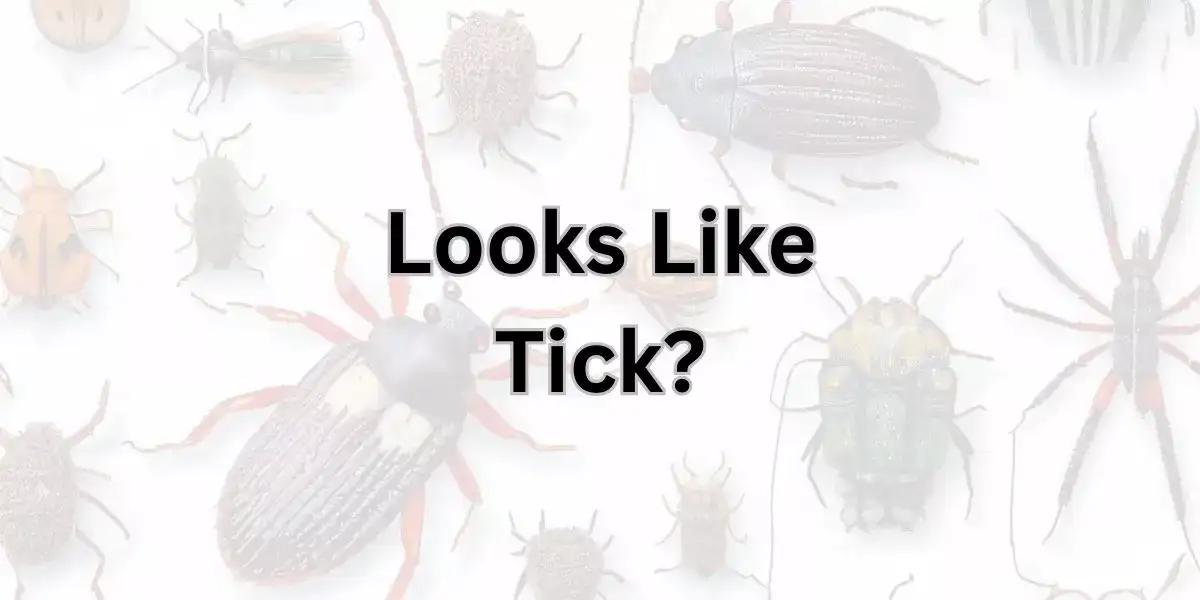
The Six-Legged Bug That Looks Like a Tick
1. Booklice (Psocids)
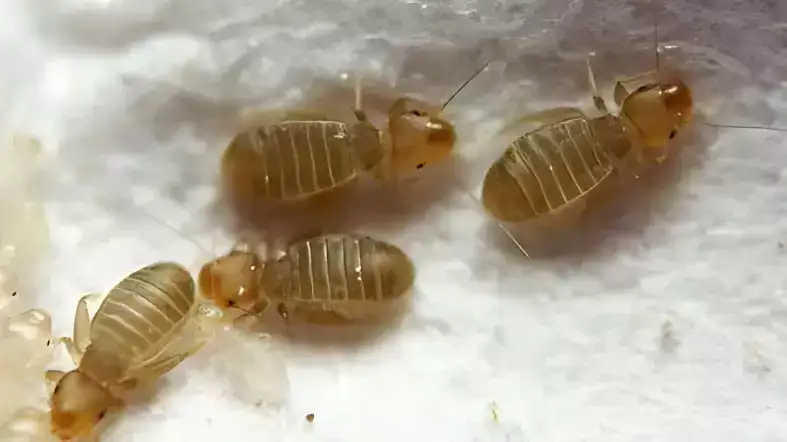
Booklice, also known as psocids, are tiny, wingless insects with six legs and a soft body, giving them a miniature tick-like appearance.
Despite their resemblance to ticks, booklice are harmless creatures that feed on mold, fungi, and other organic matter.
You might come across them in damp places or near books and paper.
2. Tick Mites (Ixodida)
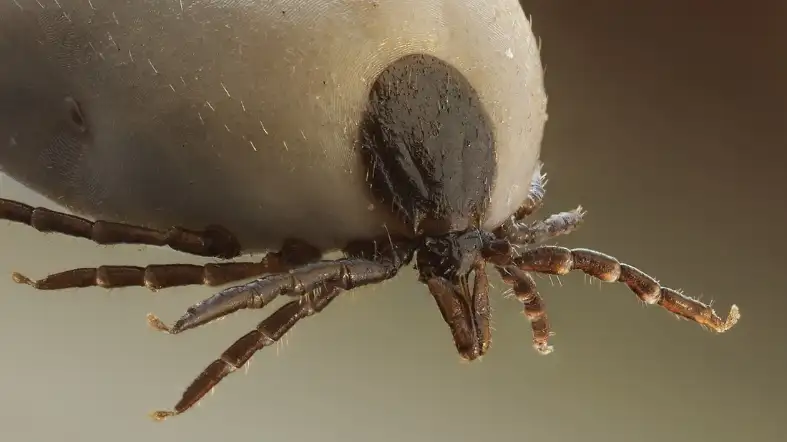
Next up, we have tick mites, also referred to as seed ticks. These little critters are the early stages of ticks, and like ticks, they too have only six legs.
However, don’t be fooled! Tick mites lack the full complement of legs that ticks possess, making them distinguishable.
You can often find tick mites in grassy areas, where they eagerly await a host to latch onto.
3. Tick-like Harvestmen (Opiliones)
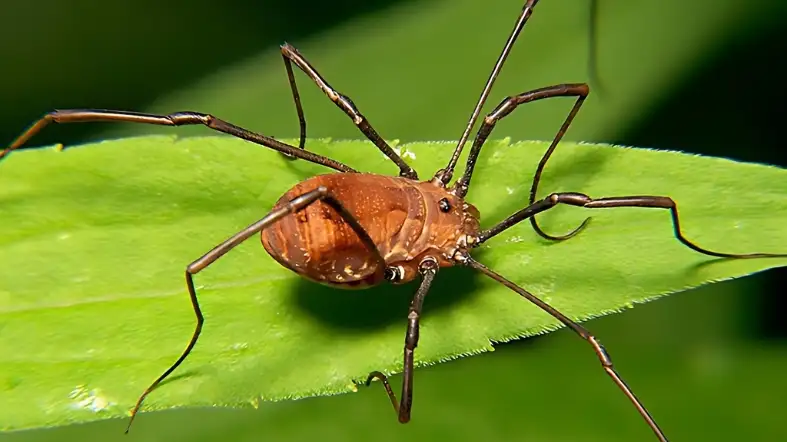
Harvestmen, also known as daddy longlegs, are arachnids that might catch your eye with their long legs.
While they may resemble ticks at first glance, they only have six legs, unlike ticks, which have eight.
Harvestmen are harmless creatures, and they feed on small insects and decaying matter. You’ll often spot them in dark, damp places.
4. Chiggers (Trombiculidae)
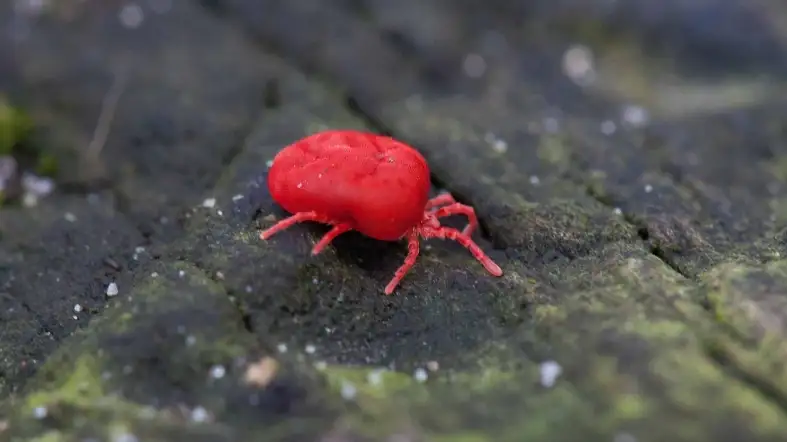
Chiggers, the larval stage of mites, are another six-legged bug that could be mistaken for ticks.
These tiny red or orange critters are so small that they’re barely visible to the naked eye.
Like ticks, they can cause irritation when they bite humans, but they are not as dangerous as ticks when it comes to transmitting diseases.
5. Springtails (Collembola)
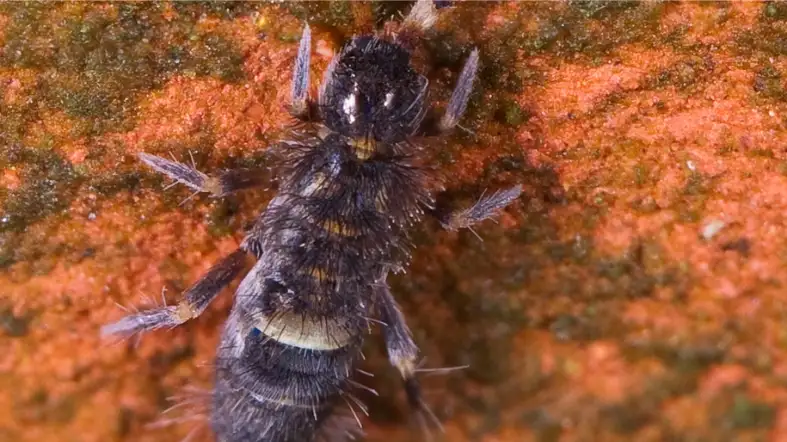
Springtails are tiny insects with a unique ability to jump using a fork-like structure called a furcula.
With their six legs and small size, they might be mistaken for ticks.
However, springtails are harmless creatures and play a crucial role in breaking down organic matter in the soil, contributing to a healthy ecosystem.
6. Pseudoscorpions (Pseudoscorpiones)
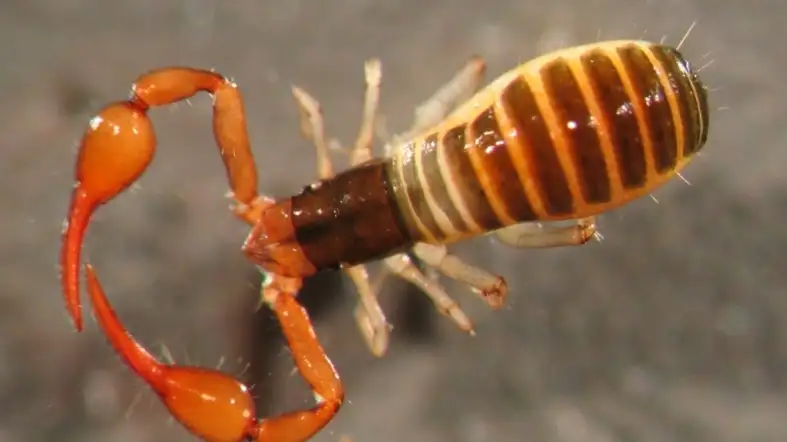
Pseudoscorpions are fascinating creatures that look like miniature scorpions but with only six legs.
Although they might bear a resemblance to ticks, pseudoscorpions are entirely harmless to humans.
These tiny predators feed on other small insects, and their presence helps in controlling pest populations in their habitats.
7. Velvet Mites (Trombidiidae)
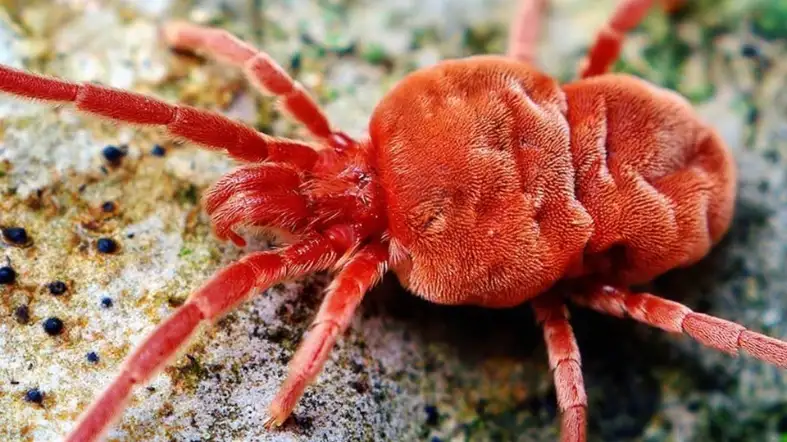
Velvet mites, also known as red velvet mites, can be mistaken for ticks due to their reddish color and six legs.
However, they are not parasitic like ticks and do not feed on blood.
Velvet mites are predators, preying on other small insects and mites, making them valuable allies in maintaining ecological balance.
8. Tick-like Bugs (Reduviidae)
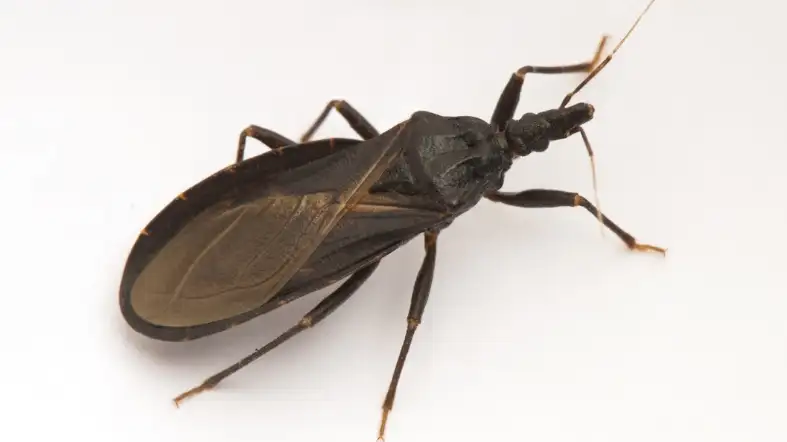
Some members of the Reduviidae family, commonly known as assassin bugs, have a small size and shape that might resemble ticks.
These bugs are formidable predators, using their sharp mouthparts to prey on other insects, including pests like mosquitoes.
Assassin bugs play a crucial role in pest control, contributing to a healthier ecosystem.
9. Barklice (Psocoptera)
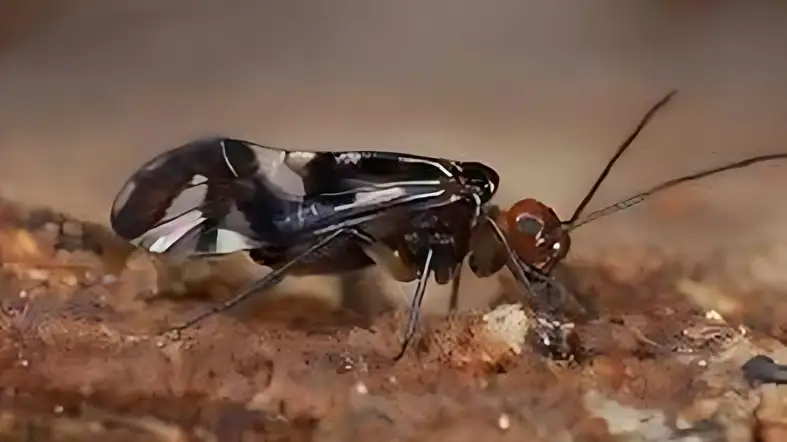
Barklice are tiny insects with six legs and soft bodies, commonly found on trees and plants.
While they don’t pose any harm to humans, their appearance might lead to confusion with ticks.
Barklice play a vital role in breaking down organic matter and contribute to maintaining the balance of the ecosystem.
10. Tick-like Beetles (Nitidulidae)
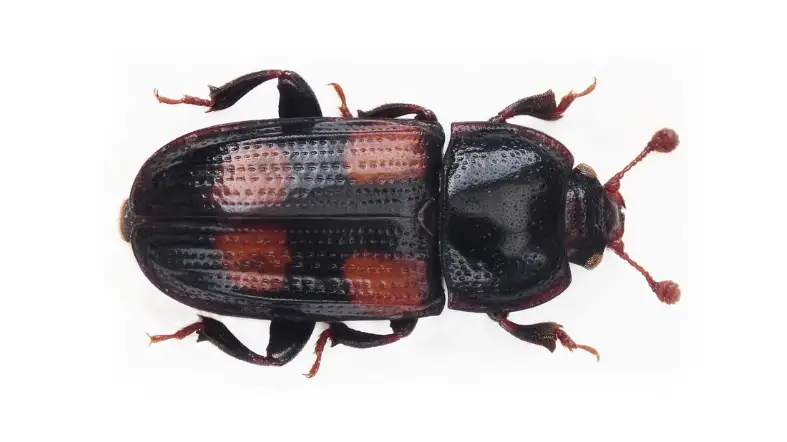
Certain species of nitidulid beetles have a tick-like appearance, but they are harmless insects with only six legs.
These beetles are often found in flowers and fruits, feeding on pollen, nectar, or decaying plant material.
As part of their ecological role, they contribute to pollination and decomposition processes.
11. Spider Beetles (Ptinidae)
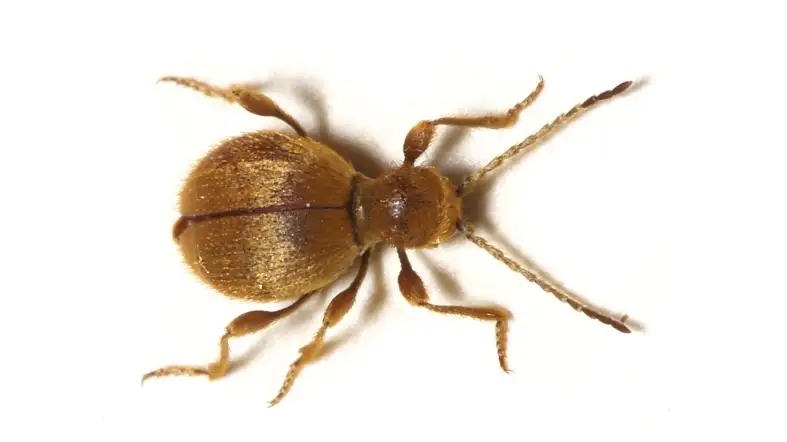
Spider beetles have a body shape and size that could be mistaken for ticks, but they have only six legs, setting them apart from their eight-legged tick counterparts.
These beetles are scavengers, feeding on a wide range of food materials, including grains, dried fruits, and dead insects.
Their scavenging behavior helps in recycling nutrients and reducing the buildup of decaying matter.
How to Differentiate the Six-Legged Bug from Ticks
Understanding Physical Differences
To differentiate the six-legged bug from ticks, observe their physical characteristics.
Ticks have eight legs, while the look-alike has only six legs. Also, check their body shape; ticks have an oval or teardrop-shaped body with a clear division between the cephalothorax and abdomen.
The tick look-alike might have a more elongated or slender body. Pay attention to their color and size too.
Ticks are often dark brown or black, and their size varies depending on their life stage. The tick look-alike can have different colors and might be smaller in comparison.
Studying Mouthparts and Feeding Behavior
Distinguishing these bugs depends on their mouthparts and feeding behavior.
Ticks are ectoparasites that attach to hosts and feed on blood. They have a unique mouthpart structure called a hypostome for anchoring themselves.
The six-legged bug, however, does not feed on blood and lacks these specialized mouthparts.
Instead, it may feed on plants, other insects, or decaying matter. By observing their feeding habits and mouthparts, you can confidently identify them.
Analyzing Habitat and Behavior
Knowing their habitat preferences and behavior is essential for differentiation.
Ticks are often found in grassy or wooded areas where they latch onto passing hosts. They are most active during warm months and prefer humid environments.
In contrast, the tick look-alike may have a more diverse habitat range, including urban areas, gardens, and forests.
It may also exhibit different behaviors like burrowing in soil or hiding under debris.
By considering these factors, you can narrow down your identification process effectively.
Utilizing Field Guides and Online Resources
For honing identification skills, use field guides and online resources.
Field guides for insects and arachnids offer detailed illustrations and descriptions to compare and contrast ticks and their look-alike.
Reputable entomological websites or university extension programs provide extensive information on different bug species, including visual references and identification tips.
These resources empower you with knowledge and enhance your expertise in identifying the six-legged bug with precision.
Seeking Assistance from Experts
If identification becomes challenging, don’t hesitate to seek assistance from experts.
Local entomologists, pest control professionals, or naturalists are well-versed in identifying various insects and arachnids.
They can provide hands-on guidance, answer your questions, and help dispel any uncertainties.
Submitting clear images of the bug or providing detailed descriptions will aid them in making an accurate identification.
Remember, there’s no shame in seeking help; it only shows your dedication to learning more about these fascinating creatures.
Misconceptions About the Six-Legged Bug
Myth 1: All Six-Legged Bugs are Harmful Like Ticks
One common misconception is that all six-legged bugs resembling ticks are harmful and can transmit diseases.
However, this is not true. While ticks can carry diseases, not all six-legged bugs pose the same risk.
The tick look-alikes, like pseudoscorpions, booklice, or springtails, are generally harmless to humans.
They do not have the same biting mouthparts or disease-carrying capabilities as ticks.
In fact, these insects play vital roles in the ecosystem by aiding in decomposition and preying on smaller pests.
Understanding that not all six-legged bugs are harmful will foster a more balanced perspective on these fascinating creatures.
Myth 2: The Six-Legged Bug is an Early Stage of a Tick
Another prevalent misconception is that the six-legged bug is an early stage of a tick, like a tick nymph.
However, these bugs are entirely separate entities and do not undergo metamorphosis like ticks.
The tick look-alike belongs to different insect groups, like pseudoscorpions or springtails.
Unlike ticks, which go through egg, larva, nymph, and adult stages, the six-legged bug remains in its six-legged form throughout its life cycle.
Understanding this distinction will prevent confusion between these distinct creatures.
Myth 3: The Six-Legged Bug Infests Homes and Gardens
There is a misconception that the tick look-alike is a common household or garden pest that infests living spaces.
While some species might occasionally find their way indoors, they do not infest homes or cause structural damage like other household pests.
In fact, many of these insects are more commonly found in natural environments, such as leaf litter, soil, or bark.
They play essential roles in the ecosystem by aiding in nutrient recycling and soil health.
Implementing proper pest management practices and maintaining cleanliness can help minimize encounters with these bugs indoors, ensuring a harmonious coexistence with nature.
Myth 4: The Six-Legged Bug Sucks Blood like Ticks
One mistaken belief is that the tick look-alike feeds on blood, like ticks do. In reality, the vast majority of these bugs do not rely on blood as a food source.
Most are detritivores, feeding on decomposing organic matter like dead plants or fungi. Some species are predatory, preying on smaller insects and mites.
These bugs have specialized mouthparts that differ from the piercing-sucking mouthparts of ticks.
It’s essential to differentiate between the feeding habits of various insects to dispel any fears or misconceptions about the tick look-alike’s dietary preferences.
Myth 5: The Six-Legged Bug Can Transmit Lyme Disease
One of the most persistent misconceptions is that the tick look-alike can transmit Lyme disease, a serious illness associated with ticks.
It’s crucial to clarify that these bugs do not carry or transmit Lyme disease or any other tick-borne illnesses.
Lyme disease is primarily transmitted by ticks of the Ixodes genus, particularly Ixodes scapularis in North America.
The tick look-alike is not a competent vector for this disease or any other pathogens that ticks may carry.
By understanding the disease transmission dynamics, we can focus on appropriate prevention measures and responsible awareness.
Can Google Lens Identify if a Bug Looks Like a Tick?
Yes, Google Lens can identify if a bug looks like a tick. With its advanced visual recognition technology, it can analyze images and provide accurate results. By using the keyword google lens bug identification, this paragraph highlights the ability of Google Lens to identify ticks or tick-like bugs.
FAQs About the Six-Legged Bug Resembling Ticks
Is the six-legged bug dangerous like ticks?
No, the tick look-alike is typically harmless to humans and pets.
Can the six-legged bug transmit diseases like ticks?
No, the tick look-alike is not known to transmit diseases to humans.
How do I differentiate the tick look-alike from ticks?
Look for specific features like the number of legs, body shape, and mouthparts to distinguish them.
Are there different species of the six-legged bug?
Yes, there are multiple species of the six-legged bug, each with its unique traits.
Can I find the tick look-alike in urban areas?
Yes, the tick look-alike can be found in both urban and rural environments, depending on the species and habitat.
Conclusion
Congratulations! You are now well-equipped to identify and understand the intriguing world of the six-legged bug that resembles a tick.
Armed with knowledge and practical tips, you can confidently navigate encounters with these curious creatures while appreciating their unique role in the natural world.
